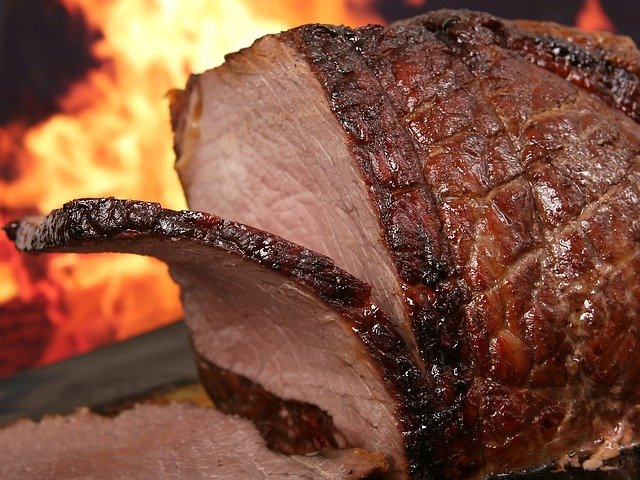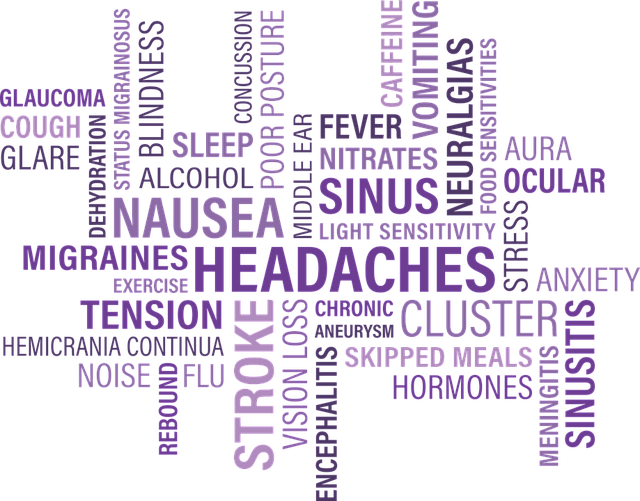Early Consumption of Meat:
|
H |
uman beings are consuming meat since they were hunter-gatherers. They consumed meat not because it tastes good but it was a necessity to eat. Its bioavailability makes it a daily choice for them. There was no agriculture to support a plant-based diet. It is a quick way of getting food than waiting for months to obtain food from plants. They also used plants and fruits as food. The consumption of plants and fruits was small as compared to animal flesh. This was because they move from place to place.
At the end of the last glacial period (c. 10,000 BCE), hunter-gatherers start living in one place for a long time. This enables them to start domestication of animals and plants. It was a transition from hunter-gatherer to agricultural societies. This change the diet from meat-based to a mixed diet of plants and animal meat. They started the domestication of sheep, cattle, pigs, and birds. These animals provided different sources of food and commodities. Most of the time they would save animals for work in the field instead of eating it.
Meat industry and Scientific Methods:
Meat consumption increased in the 19th century with the advent of modern slaughterhouses. This starts to change eating habits and consumption of meat. Other reasons for this are that the scientific methods and knowledge enable farmers to raise animals quickly. Genetic engineering techniques make it easy to select a breed desired by the farmer and consumers. It took one month to raise chicken up to 4-5 kg. Through controlled recessive genes and artificial selection, the contents of the fat are decreased in beef, pork, and lamb. The nutritional content of different meat is different. Pork loin and Steak (beef T-bone) have the most fats of 30g and 35g respectively in 110g of meat. There are some concerns and debates about the consumption of red meat.
Eating meat is a necessity:
When we talk about the meat we mean muscle tissues. Muscle tissues are high in protein and water. It has all the necessary essential amino acids which we needed. It is a rich source of minerals such as zinc, phosphorus, iron, and selenium, etc. It has other essential nutrients and vitamins such as choline, riboflavin, creatine, vitamin K, niacin, vitamin B12, vitamin B6, and lipoic acid. Muscle tissues do not contain dietary fiber, vitamin C and very low in carbohydrates. These are obtained from plants. we need meat for nutrients that our body can not produce and energy that is obtained from food. Proteins are needed to repairs our cells and minerals are needed for cellular metabolism. Some of the amino acids our body needs it can't produce are obtained from meat. It has an advantage over plants based diet and that is it absorbs quickly by our body. Spinach has more iron than meat but it takes too long to absorb. The meat itself is not bad for us but consuming it more than necessary makes it harmful. It is impossible to close the meat industry. But scientists are inventing new methods to produce meat. Such as lab-grown meat or meat from plants by extracting amino acids.
Health Risk: Consuming too much meat:
A study was conducted and published in 2003 by the European Prospective Investigation into Cancer and Nutrition on 400,000 subjects which showed "a moderate positive association between processed meat consumption and mortality'' due to cardiovascular diseases and cancer.
International Agency for Research on Cancer an Organization of World health organization in 2015 they classified processed meat as carcinogenic to humans and it was based on "sufficient evidence in humans that the consumption of processed meat causes colorectal cancer."
Meat consumption is associated with weight gain and obesity. Some studies failed to find a link between heart disease and red meat consumption. But statistically, they found those who eat red meat daily at the age of 45-64-year are three-time more prone to the risk of heart disease.
Excess of everything is bad.
References;
Lawrie, R.A.; Ledward, D A. (2006). Lawrie's meat science (7th ed.). Cambridge: Woodhead Publishing Limited. ISBN 978-1-84569-159-2.
"Dietary Fiber". Ext.colostate.edu. Archived from the original on June 25, 2013. Retrieved May 1, 2010.
"FoodData Central". fdc.nal.usda.gov. Archived from the original on October 25, 2019. Retrieved October 26, 2019.
European Prospective Investigation into Cancer and Nutrition (March 7, 2013). "Meat consumption and mortality – results from the European Prospective Investigation into Cancer and Nutrition". BMC Medicine. 11: 63. doi:10.1186/1741-7015-11-63. PMC 3599112. PMID 23497300.
International Agency for Research on Cancer (October 26, 2015), IARC Monographs evaluate consumption of red meat and processed meat (PDF), archived (PDF) from the original on November 10, 2015





